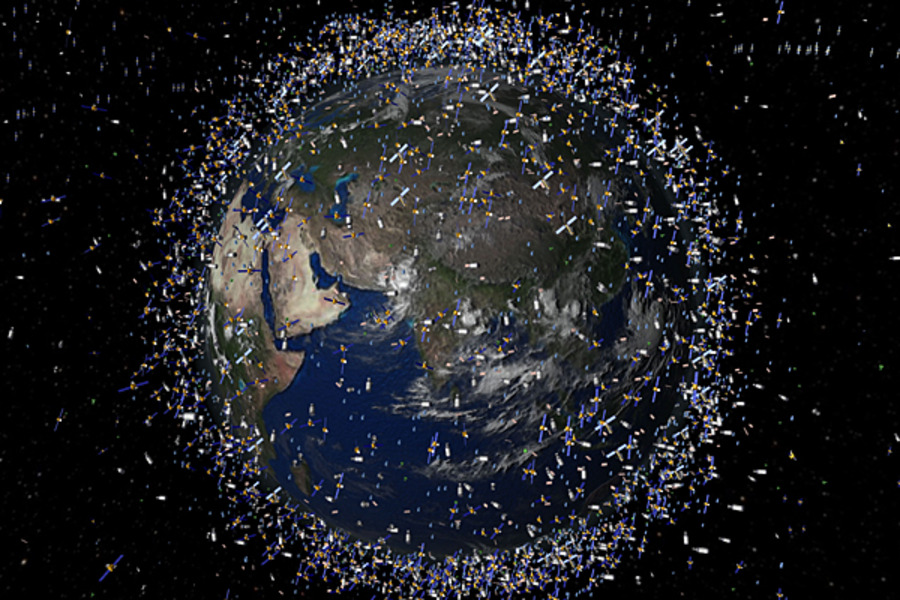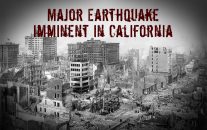
In general, preppers have a pretty well-rounded awareness of all the ways our communication systems can break down. If anything, the failure to communicate with modern technology is at the root of any serious disaster, including solar storms, nuclear war, or emp attacks. There are also the more conventional disasters like earthquakes, hurricanes, tornadoes, and in some cases famine and plagues if they go on long enough. Truth be told, it’s not really a disaster unless phone lines, televisions, and the internet are knocked out in some capacity.
But the one disaster that most preppers aren’t aware of is known as the Kessler syndrome. This scenario was first proposed by NASA scientist Donald J. Kessler in 1978, who suggested that in the near future, the accumulation of space trash would make it nearly impossible for us to maintain satellites in Earth’s orbit. The theory goes that as more satellites are placed into orbit, there will be more debris floating around our planet, which will eventually lead to a cataclysmic chain reaction.
At the heart of the matter is the fact that it’s pretty much impossible to put something into space without leaving something else behind. And after sending thousands of objects into orbit over the past 60 years, there are now 170 million man-made objects orbiting our planet, and nobody has figured out how to remove this debris. These objects include equipment left behind by astronauts, nuts and bolts, spent rocket stages, abandoned satellites, and everything in between. Some are as small as paint chips, while others are the size of semi trucks.
Obviously, this poses a serious threat to any operating space station or satellite. On a good day these objects can wear down equipment by sandblasting them over a period of time, but larger objects can instantly obliterate a satellite. This would in turn, produce thousands of additional objects that also have the potential wreak havoc. And on and on it goes until you basically have a wall of impenetrable trash flying around our planet at speeds of around 17,500 mph, destroying everything in its path.
And that is the Kessler Syndrome in a nutshell. It would essentially make it impossible for anyone to put a satellite in orbit. And make no mistake, it’s already happening right now. On average, about one satellite is destroyed by space debris every year. It’s only a matter of time before this problem cascades into an unmitigated disaster.
So what would this mean for everyone on Earth?
The most immediate problem would be the destruction of GPS satellites. While most of us think of GPS as the thing that made road maps obsolete, there is a bit more to it than that. It also helps guide global shipping, keeps aircraft on track, aids disaster relief operations, and connects overseas cell phone calls.
For the most part however, it wouldn’t have a significant effect on people living in and around major cities. Instead, it would be disastrous for rural and isolated parts of the world, where satellites provide the only means of electronic communication. No more satellite television, cell phones, internet, or radio. Large swaths of the planet would be turned into communication dead-zones.
The one organization that would be hurt the most though, is the US military. The collapse of the GPS network would be pretty damaging by itself. There are multiple weapon systems that have GPS chips embedded in them to ensure accuracy, such as ICBMs, cruise missiles, and other precision guided bombs.
It’s also essential for land navigation, and the target tracking of those aforementioned weapons. Our GPS satellites are also equipped to detect nuclear denotations anywhere in the world. On top of all this, there are satellites for global reconnaissance, early warning systems for hostile ICBM’s, and covert communications. In other words, without satellites, our high-tech military is dead in the water.
As you can see, the Kessler Syndrome would have huge ramifications for life on Earth. It would spell the end for thousands of critical satellites that are currently in orbit, and there’s no telling how long it would take to alleviate the situation. It could take decades before we figure out how to clean everything up, and rebuild our current satellite network. It wouldn’t be the end of the world by any means, but its effects would be felt by nearly everyone on Earth for years to come.
Joshua Krause was born and raised in the Bay Area. He is a writer and researcher focused on principles of self-sufficiency and liberty at Ready Nutrition. You can follow Joshua’s work at our Facebook page or on his personal Twitter.
Joshua’s website is Strange Danger
This information has been made available by Ready Nutrition








